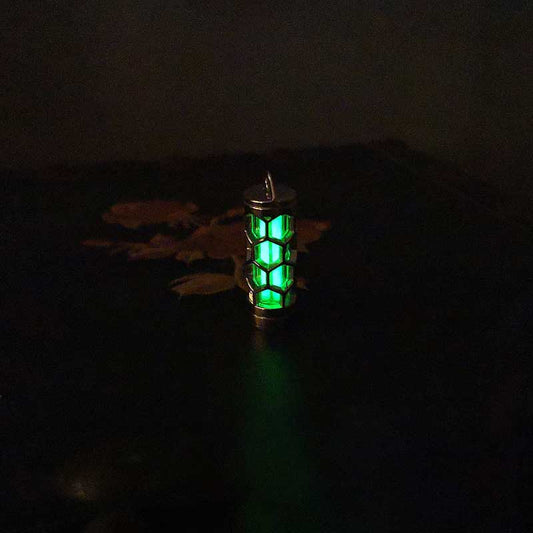Are Lab-Grown Diamonds Real A Genuine Exploration
Are Lab-Grown Diamonds Real A Genuine Exploration
A few months ago, at a café tucked away in a bustling corner of Seattle, I was sipping my usual cappuccino when my friend Sarah slid into the seat opposite, her eyes glittering with excitement. She extended her hand across the table, revealing a sparkling ring. "It's a lab-grown diamond," she confessed with a grin, waiting for my reaction. Immediately, I felt a rush of questions bubble up. Are these gems really as authentic as the mined ones we’ve been conditioned to covet?
The concept of lab-grown diamonds, or synthetic diamonds as they're sometimes called, isn’t exactly breaking news. These gems are created using cutting-edge technology that replicates the natural diamond formation process. They possess the same physical, chemical, and optical properties as their natural counterparts. In other words, on a molecular level, they are identical. Curious, I decided to do some reading of my own.
It turns out that lab-grown diamonds are crafted using two main methods: High-Pressure High Temperature (HPHT) and Chemical Vapor Deposition (CVD). This isn’t just a science experiment; the process is intensely precise, requiring advanced machinery and skilled technicians. What fascinated me most was that the resulting stones are virtually indistinguishable from those pulled from the earth, even under a jeweler's magnifying glass. From the moment Sarah slipped that ring on her finger, I realized I’d been carrying a mental image of spinning, sterile labs devoid of any romance or gravitas.
The appeal of lab-grown diamonds isn't just in their technical marvel. They also offer an ethical alternative for those concerned about the environmental and social impacts of diamond mining. For someone like my cousin Lisa, whose heart pulses with every beat of eco-friendliness, lab-grown diamonds are a revelation. They present a chance to indulge in the beauty of gemstones without the accompanying ethical dilemmas.
Yet, as authentic and ethically appealing as lab-grown diamonds are, they come with their own baggage. There’s the social perception, the deep-rooted association of mined diamonds with romance and tradition. There's also the question of value over time. Mined diamonds have a historical narrative that lab diamonds are just beginning to carve out. And while they currently offer a more affordable entry point, some wonder if they will maintain or appreciate in value like their earth-dug siblings.
Reflecting back on Sarah's ring, I couldn't help but be drawn to the personal narratives these lab-grown diamonds weave. For those who choose them, they signify not just a stone, but a conscious choice—a modern symbol of commitment to sustainability and innovation. And as I looked at the sparkle on Sarah’s finger, it wasn’t just the brilliance of the diamond I saw, but the brilliance of an evolving mindset.
As I drained the last sip of my coffee, I realized the debate about the legitimacy of lab-grown diamonds was less about the gems themselves and more about what we value. Are lab-grown diamonds real? In every tangible way, yes. But as with all things precious, the heart of their value lies in what they mean to us. In a world where we have the power to choose what stories we tell with the pieces we wear, perhaps the truest question isn’t about their authenticity, but how we define authenticity itself.































